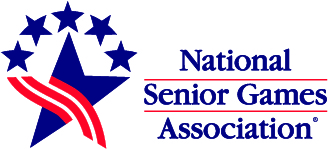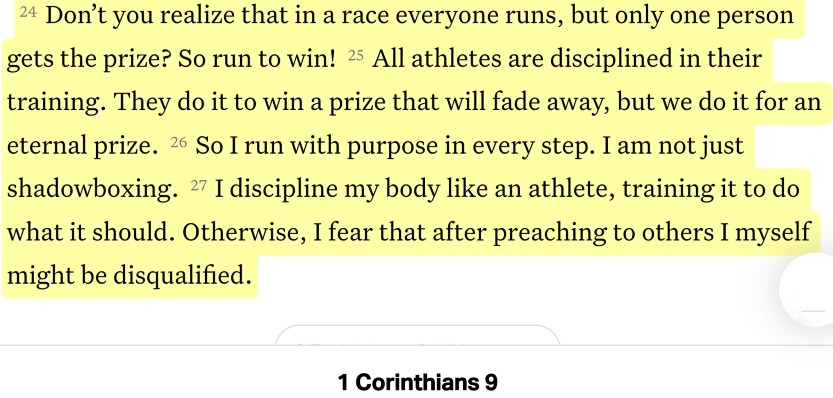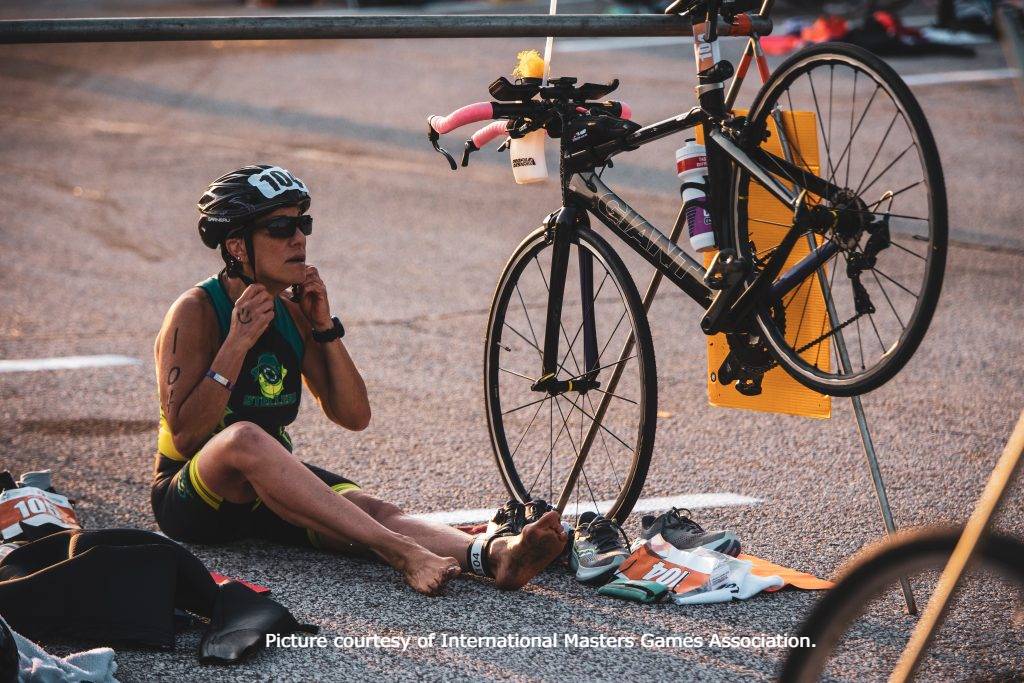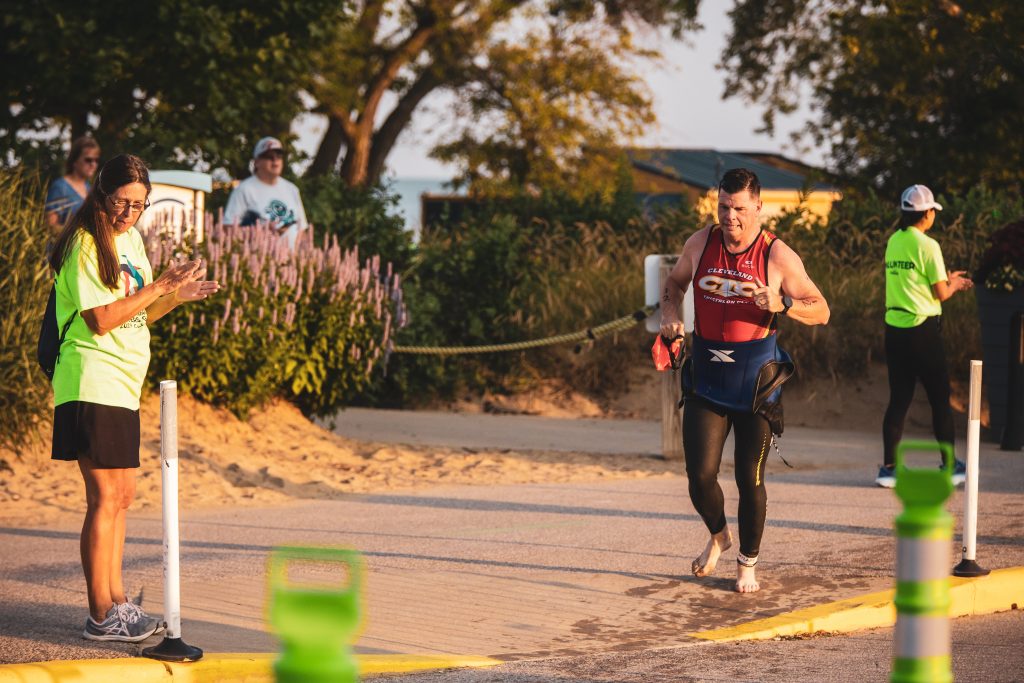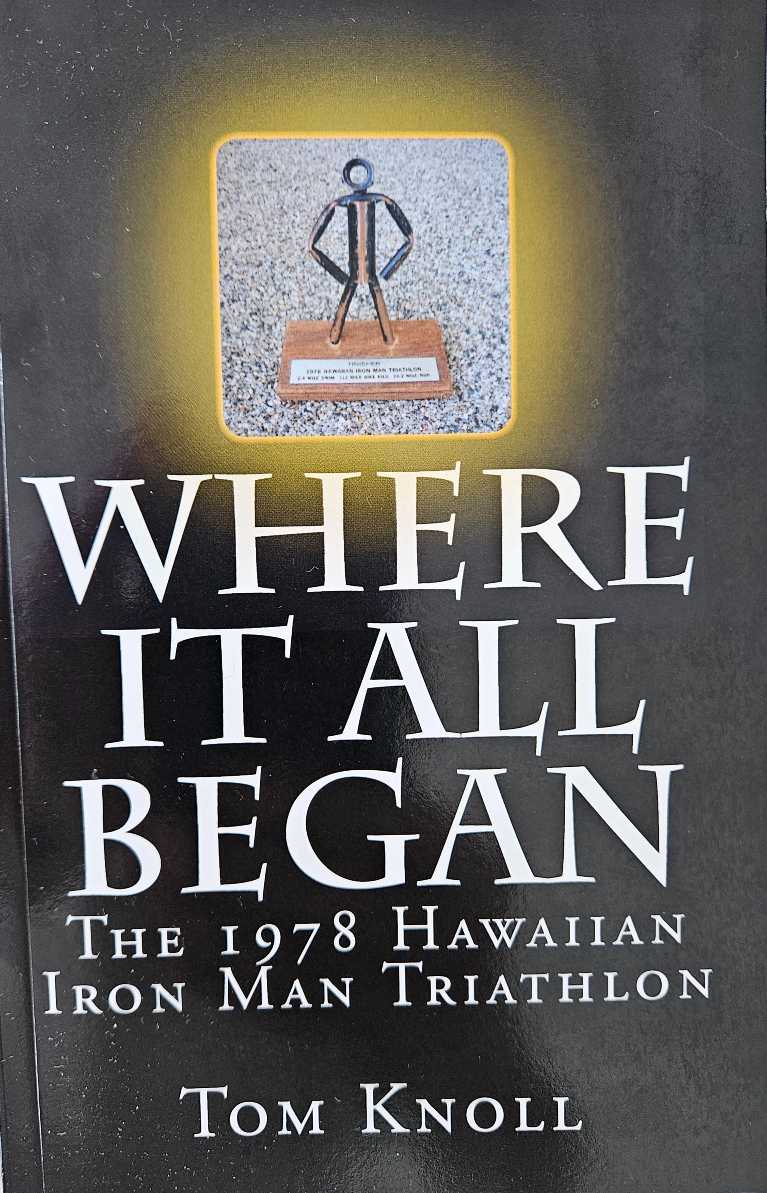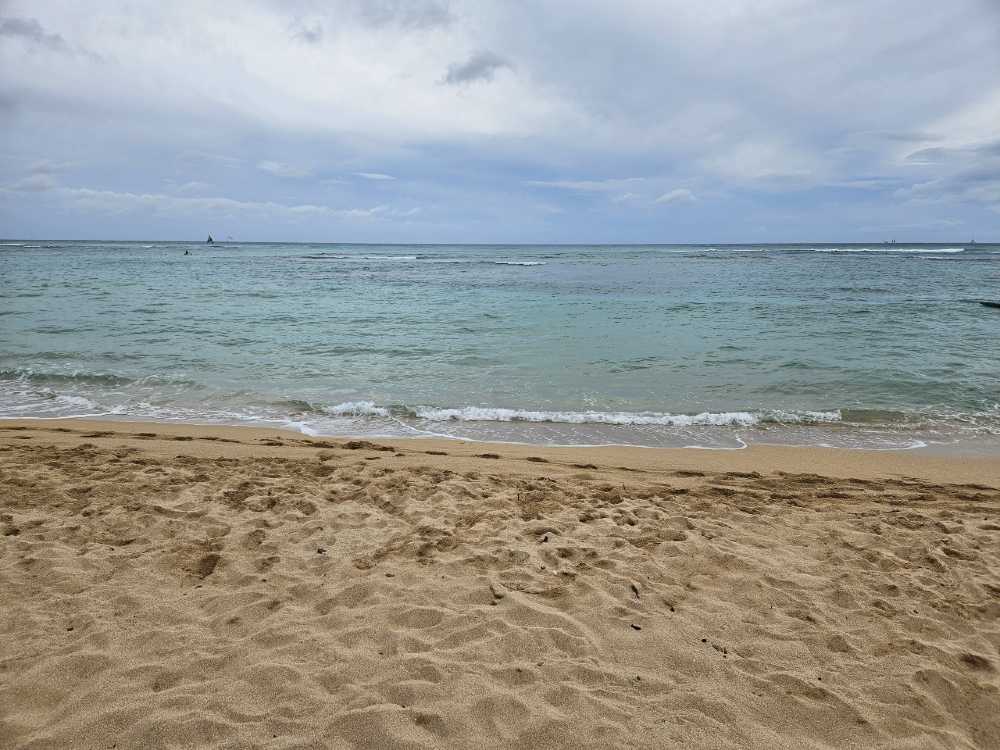National Senior Games Includes Triathlon
I first became acquainted with the Senior Games through Jeanne Minder, whose triathlon story first appeared here on September 6, 2018. Jeanne was the gold medalist in triathlon at the 2015 National Senior Games held in Minneapolis-St. Paul, Minnesota. According to the NSGA website, her time that year is the 7th best overall in the Women’s 60-64 age group.
Then, in 2023, I spoke with Joe Simonetta, whose first triathlon was at that year’s National Senior Games in Pittsburgh, Pennsylvania. Also, at least once a year, I read in The Villages Daily Sun about residents of The Villages, Florida who compete in Florida’s Senior Games.
I decided that it was time for me to complete the picture of State and National Senior Games in the United States and Canada. This post is the result.
History of the Senior Games
The first Senior Games’ event, called the Senior Olympics, was held in Los Angeles, California, in 1969. Soon, the new movement spread to other states as the benefits of promoting healthy lifestyles through education, fitness, and sport became recognized.
Then in 1985, the National Senior Games Association (NSGA) was formed to recognize the need for organized athletic events to celebrate active aging of older adults. Their mission was: “Promoting the benefits of competitive sports, physical fitness and active aging to adults ages 50+.” The first National Senior Games was held in 1987 in St. Louis, Missouri.
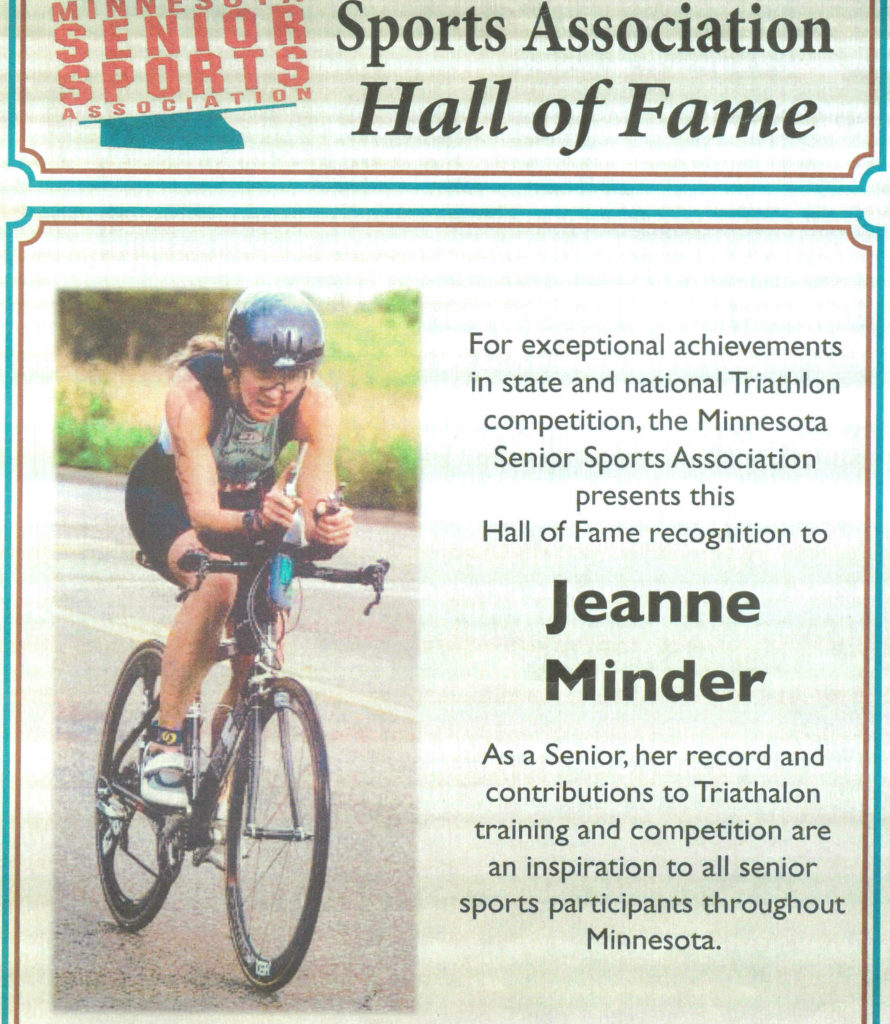
Senior Games in the United States and Canada Include Triathlon
Today, Senior Games are held each year in most states of the United States and provinces of Canada. These competitions include a wide range of individual and team sports from Archery to Volleyball, including Triathlon. Individual sports that may also be of interest to triathletes and other multisport endurance athletes aged 50 and over include swimming, cycling, and running. However, not all states include all sports or triathlon in their schedule. The table below includes websites for the many State Senior Games where you can see the list of activities and their schedules.
The NSGA also hosts the biennial National Senior Games, held in odd-numbered years. This world-class competition celebrates the athletic accomplishments of older adults and inspires people of all ages to be active.
The National Games brings together over 11,000 participants ages 50 to over 100 years, to compete in over 25 sports. These sports include individual triathlon and the triathlon relay. Athletes who wish to take part in the National Senior Games must qualify for them in the year before the Games.
To qualify for the National Senior Games, athletes must meet the following criteria:
- Age: Be at least 50 years old by December 31st of the year prior to the National Senior Games.
- Qualify to participate in the National Senior Games during the year prior to the National Games. This means that those who will compete in the 2025 National Senior Games qualified for these in 2024.
Qualification Criteria Vary by Sport
Standards for qualifying for the various sports is where things become, or at least appear to become, complicated. To uncomplicate this matter, NSGA publishes an extensive Rulebook. Anyone thinking of competing in the National Senior Games should review the NSGA Rulebook.
In the Rulebook, you will find that NSGA publishes minimum performance standards for many sports, such as archery, golf, swimming, and track and field events. These standards typically define a certain score, time, or distance by gender and age group at their state’s Senior Games required to qualify for the National Senior Games. For other sports, such as tennis and volleyball, finishers qualify for the National Senior Games by achieving a certain place among all competitors within their state’s Senior Games.
According to Elizabeth, a representative of NSGA with whom I spoke, page 78 of the Rulebook contains rules for qualifying for the National Senior Games individual triathlon. Triathlon is among a few sports defined as “limited” events. According to the NSGA, a “limited” event is one in which an athlete can qualify in ways other than by participating in a Qualifying State Senior Games. For the individual triathlon there are two ways to qualify for the National Senior Games in the individual triathlon:
- Participate and finish in the individual triathlon of a State Senior Games, or
- Finish a qualifying triathlon of equal or longer distance than that of the National Senior Games triathlon. The athlete must then complete and submit a Limited Event Verification Form for the related National Games.
Note that the triathlon relay is “open”, meaning it requires no qualification.
Triathlon and Other Multisport Endurance Events at State and National Senior Games in 2025
The National Senior Games will take place on July 24 through August 4 in Des Moines, Iowa. The individual triathlon and triathlon relay are scheduled for August 1st. You may still have time to compete in the triathlon at the 2025 National Senior Games.
How? If you finished a Sprint or longer distance triathlon in 2024, submit a completed “2025 Limited Event Verification Form” before March 15, 2025.
Other opportunities for 2025 are to compete in one of the many state Senior Games. In preparing this post, I emailed each USA state and Canadian provincial contact on the NSGA website. I asked them for information on their plans for triathlon and other multisport endurance events in 2025. Several, but not all, contacts replied with information. Along with the state’s Senior Games website address, I have included this information in the table below. I will continue to update the table as new information arrives so check back periodically.
2025 Senior Games Schedule
Qualifying for the 2027 National Senior Games Triathlon
You may be too late to qualify for the individual triathlon for the 2025 National Senior Games. However, you can still register for the triathlon relay.
You can also begin planning to compete in the 2027 National Senior Games in Tulsa, Oklahoma. You can do this by competing in either a state qualifying triathlon or another triathlon of a qualifying distance in 2026. These triathlons need NOT be USA Triathlon-sanctioned races.
Organizers of some state triathlons say they will submit your times to NSGA for a modest fee. However, I recommend using the NSGA’s Limited Event Verification Form and following through directly with NSGA.
Comments
Do you have questions about either State or National Senior Games? Or do you have an experience with these to share?
Please let us know in the comments below.
Comments: Please note that I review all comments before they are posted. You will be notified by email when your comment is approved. Even if you do not submit a comment, you may subscribe to be notified when a comment is published.

